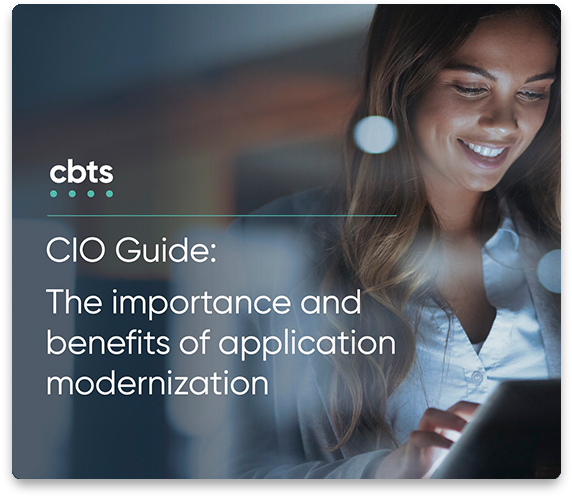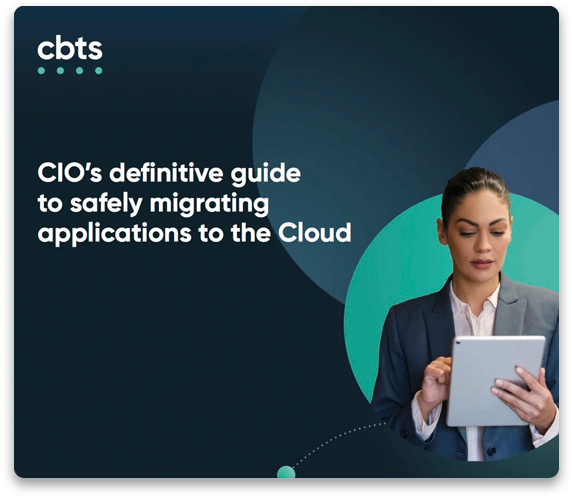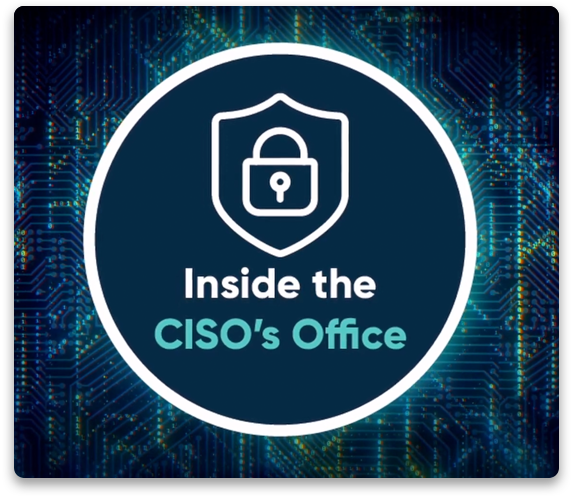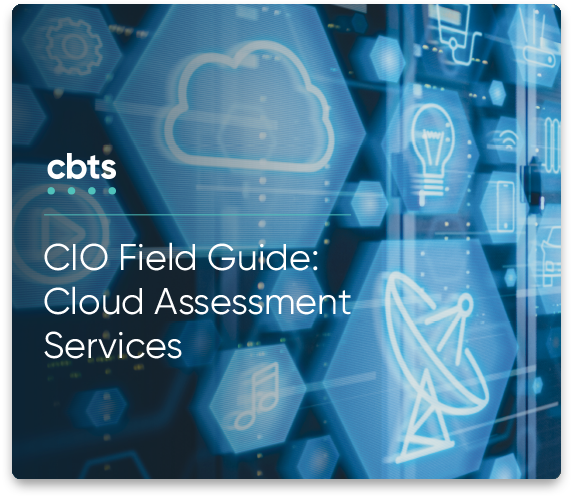Data Modernization
Transform legacy data systems into modern, scalable, cloud-ready platforms.

What is data modernization?
Benefits
Our approach
Case Study
FAQs
Embrace the power of the Cloud
Eliminate silos, improve performance, and enable advanced analytics use cases.
Legacy systems and scattered data slow decision-making and innovation. With our data modernization services, you can:
- Migrate seamlessly to cloud or hybrid platforms.
- Optimize data pipelines and infrastructure.
- Empower teams with actionable insights anytime, anywhere.
What is data Modernization?
The focus of data modernization is precisely what it sounds like—updating data to function optimally in modern architectures.
The primary goal of data modernization efforts is to transition from legacy, siloed databases to flexible, scalable, and efficient environments. As a part of the Data Analytics journey with CBTS, data modernization is an integral step toward harnessing your data in exciting new ways and preparing for AI tools and machine learning workloads.
BENEFITS OF DATA MODERNIZATION
Better data = better business outcomes
Data modernization fosters an environment of insight, discovery, innovation, and strategic advantage in the competitive business landscape.

Cost efficiency
Eliminating legacy systems reduces upkeep costs and streamlines management.

Informed decision-making
With advanced data preparation, exploration, and visualization tools, organizations can unlock insights, drive innovation, and discover new revenue opportunities more quickly.

Enhanced governance
The responsible democratization of data, paired with layered security and compliance measures, accelerates value creation while maintaining data protection.

De-siloed data
A centralized and well-governed data estate enables companies to connect all data sources seamlessly, empowering employees to extract more value through self-service analytics.

Integration
Connecting data from various sources—including applications, websites, IoT, and third parties—improves the efficacy of data products and ensures comprehensive access.

Security
Modern data architecture allows for comprehensive security measures and automatic updates across the enterprise environment.
%
of IT leaders agree that unifying their data platform for analytics and AI is crucial for their enterprise data strategy.
Databricks
OUR APPROACH
Why CBTS?
Our certified, highly experienced team of technology experts and comprehensive list of data modernization solutions can help you unlock the power of your data by transforming old legacy systems to modern, cloud-ready platforms.
Here’s a breakdown of the types of cloud-native data modernization solutions we support:
Data Warehouse
A centralized, structured storage optimized for analytics and reporting.
Data Lake
A large-scale storage of raw, semi-structured, and unstructured data.
Lakehouse
A hybrid model combining the flexibility of data lakes with the performance and governance of data warehouses.
Data Mesh
A decentralized, domain-oriented architecture where business units own their own data products.
Data Fabric
Layer of connectivity and integration across hybrid and multi-cloud environments.
CBTS prioritizes data security throughout the modernization process. We employ robust encryption, layered access controls, and strict governance to protect sensitive information and ensure compliance. Our rigorous security measures enable clients to unlock data’s potential, innovate confidently, and safeguard against risks.
Certifications
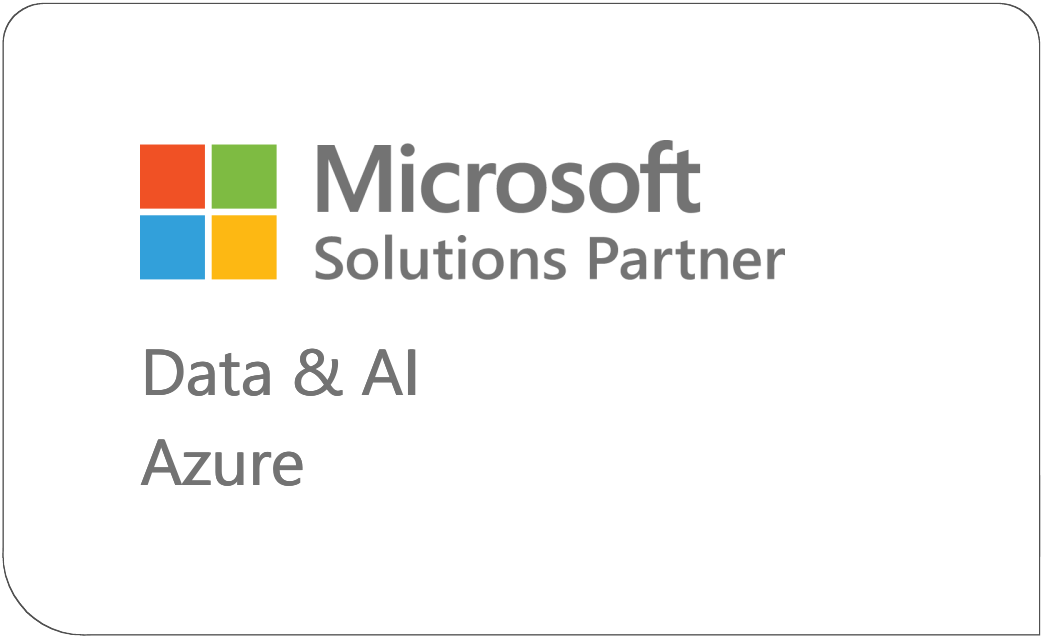


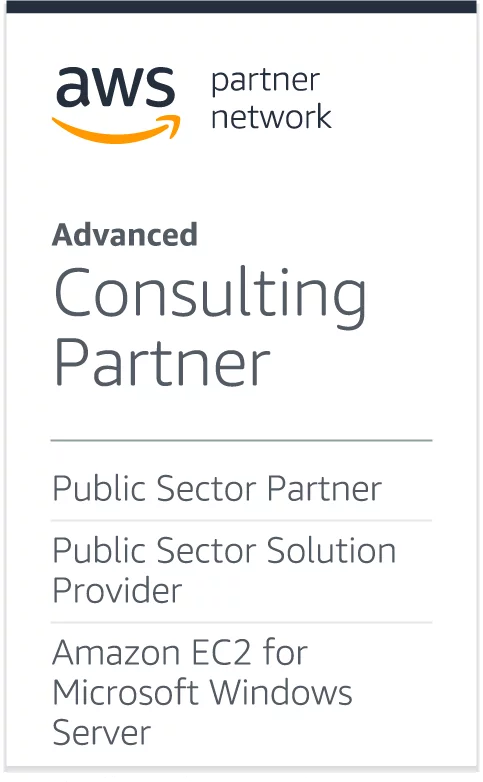

FAQs
Top 5 questions
How does data modernization impact my existing analytics capabilities?
Data modernization enhances analytics capabilities by transitioning from legacy, siloed systems to a unified, cloud-native architecture. This transformation not only improves the speed and accessibility of data but also facilitates the integration of advanced analytics tools, allowing for deeper insights and more rapid decision-making.
What considerations should be taken into account for a successful data modernization strategy?
A successful data modernization strategy should consider factors such as identifying data silos, ensuring data quality, assessing compliance measures, and aligning modernization efforts with business goals. Additionally, evaluating the technical requirements for integration with existing systems and future-proofing for AI readiness are essential for sustained success.
Can you explain the role of data governance in the data modernization process?
Data governance is critical in data modernization. It establishes policies and procedures that ensure data integrity, security, and compliance. It helps manage access controls, define data ownership, and ensure data accuracy and reliability, supporting informed decision-making and reducing the risks of data misuse.
How does CBTS address concerns about data compliance during modernization?
CBTS addresses compliance concerns by embedding regulatory and industry standards into the data modernization process from the outset. This methodology includes implementing proper data management practices, documenting workflows for auditability, and using technologies that support privacy and compliance requirements, ensuring that organizations remain compliant throughout their data transformation journey.
What are the potential pitfalls of not modernizing data infrastructure?
Failing to modernize data infrastructure can lead to increased security vulnerabilities, higher operational costs due to maintaining outdated systems, and poorer data quality resulting from fragmentation. Organizations may also struggle with agility, limiting their ability to respond to market changes and hindering innovation, which can ultimately impact competitiveness in the long run.
Related stories
Schedule a complimentary 30-minute discussion with a CBTS solution consultant.
Talk to one of our experts today to see how we can help your organization supercharge your company’s network, communications, and overall efficiency.

